How to Tell if your Leopard Gecko is Sick
May 31, 2021
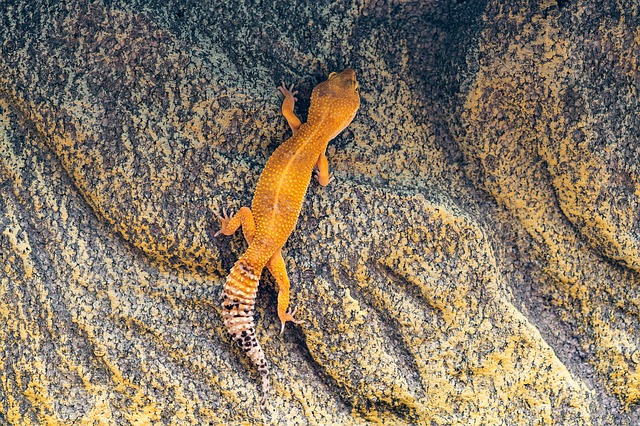
Common Leopard Gecko Health Problems
Whether you own leopard geckos, or are planning to own them in the future, it is essential to understand their common illnesses. Reptiles are excellent at hiding when they’re sick — after all, a sick reptile in the wild becomes an easy target. Having a full understanding of what causes these common health issues in leopard geckos and what signs to look for can be the difference between life and death. This article is intended to guide you through common leopard gecko health problems, what signs to look for, and what causes them. If you have an emergency, you should call a reptile veterinarian.
Metabolic Bone Disease in Leopard Geckos
Metabolic bone disease is unfortunately one of the most common diseases seen in pet reptiles, and it's mostly due to pet stores misinforming owners about the needs of their new pet. Metabolic bone disease is the result of a lack of calcium, causing weak bones, which can be prone to fractures. Oftentimes, leopard geckos who are victims of metabolic bone disease will develop warped and twisted spines. In extreme cases metabolic bone disease is fatal. This is why it is so important to dust insects with calcium, and to provide your leopard gecko with a UVB bulb. For more information on how UVB is benificial for your leopard gekco, check out my article on the importance of UVB!
Symptoms:
- Acting lethargic
- Loss of appetite
- Deformed spine or legs
- Weakness
Causes:
- Lack of supplements (such as calcium dusting) in their diet
- Lack of UVB lighting
- Too low of temperatures
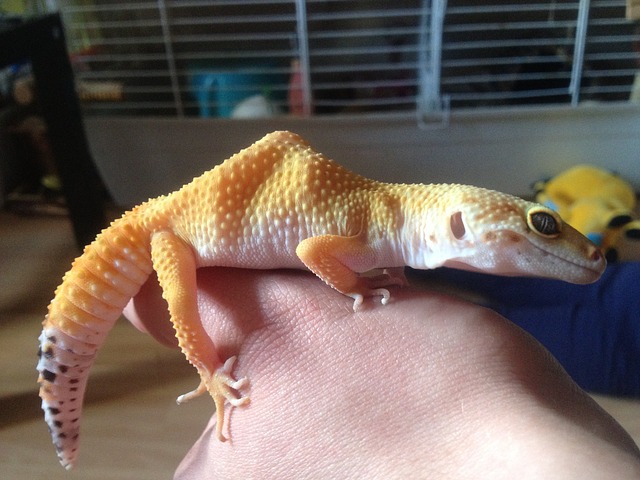
Impaction in Leopard Geckos
Another very common health problem in leopard geckos is impaction. Impaction is when your leopard gecko experiences blockage in their gut or intestines. Though oftentimes if your leopard gecko is impacted it can be related to them consuming substrate, the substrate choice itself is not the issue. Impaction is caused by improper temperatures, nutritional deficiencies, and overall poor husbandry. If your husbandry is inadequate and your leopard gecko consumes substrate it will become impacted. But it's always better to be safe than sorry, which is why I always encourage owners to avoid loose substrates such as sand or soil.
Symptoms:
- Acting lethargic
- Loss of appetite
- Bloated belly
- Weight loss
- Constipation
Causes:
- Improper Temperatures
- Parasites
- Dehydration
- Consuming insects that are too large
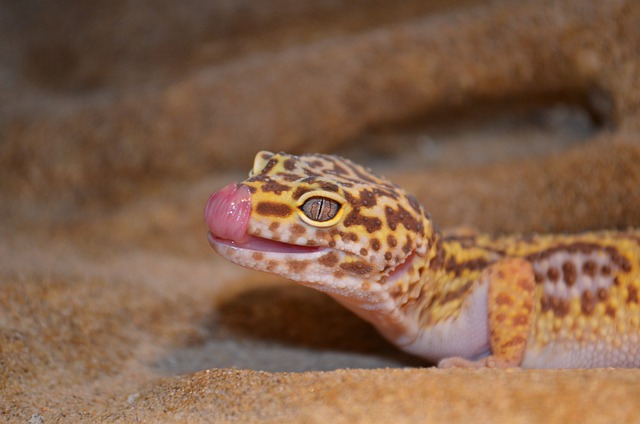
Leopard Gecko Respiratory Infection
In the wild, leopard geckos are found in the semi-desert and arid grasslands of Afghanistan, Pakistan, India, and Nepal. Because of the climate of their natural environment, these geckos require high temperatures and low humidity. When leopard geckos are exposed to low temperatures and high humidity they are prone to developing respiratory infections.
Symptoms:
- Wheezing/ bubbling sound
- Open mouth breathing
- Loss of appetite
- Weight loss
- Bubbles coming out of their nostrils
- Acting lethargic
Causes:
- High humidity
- Low temperatures
Leopard Gecko Stick Tail Disease
Stick tail disease is a term used for extreme weight loss in leopard geckos. Essentially, the leopard gecko continues to lose weight until their tail is nothing more than skin and bone, instead of having the classic fat and healthy tail that most leopard geckos have. Oftentimes it is caused by an intestinal disease, however stick tail can have many different causes. Because of this, it's important to immediately make an appointment with a vet if you notice your leopard gecko rapidly losing weight.
Symptoms:
- Rapid weight loss
- Loss of appetite
- Diarrhea
- White spots on liver
- Extremely skinny tail
- Acting lethargic
Causes:
- Internal parasite
- Internal abscess
- Too low of temperatures
- Granuloma
Leopard Gecko Tail Drop
Tail dropping is a natural defense mechanism that allows leopard geckos to escape predators in the wild. Tail dropping is oftentimes related to stress, whether it's bullying from a tankmate, or being improperly handled. The good news is, the tail will grow back on its own, but it won’t look exactly like the original did. Another thing to keep in mind is that the tail is where leopard geckos store their fat reserve. Losing that fat reserve makes them much more vulnerable to illness. While their tail is regrowing, be sure to feed them foods that are higher in fat such as waxworms and butterworms. If you keep your gecko on loose substrates you should switch to paper towels until the tail heals to keep particles out of the wound.
Symptoms:
- Tailless Leopard Gecko
Causes:
- Bullying from tankmates
- Stress
- Being handled/grabbed by their tails
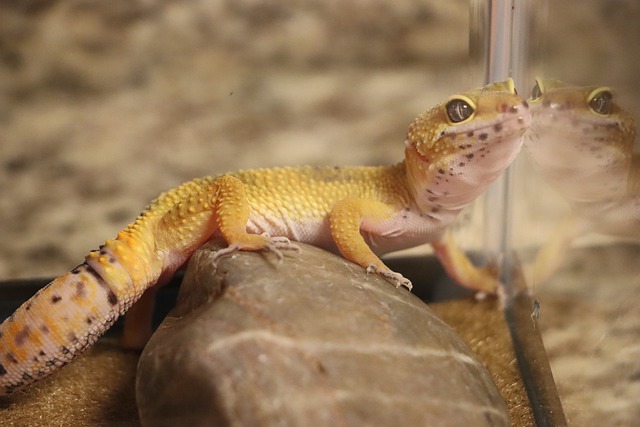
Leopard Gecko Enigma Syndrome
The enigma syndrome is a neurological disorder found in certain leopard gecko morphs, but most commonly found in the enigma morph. This disorder affects the leopard gecko’s balance and can make eating difficult. Because of this, individuals with enigma syndrome should be housed alone and closely monitored — there is no cure.
Symptoms:
- Head tilting
- Seizures
- Star Gazing
- Difficulty catching prey
- Aimlessly circling
Causes:
- Genetics
Check out The Complete Leopard Gecko Care Sheet to learn more on how to properly care for your leopard gecko!
Recommended Posts
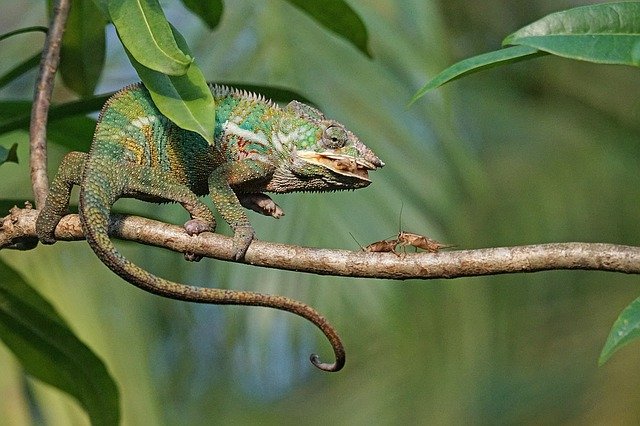
Best Feeder Insects For Reptiles
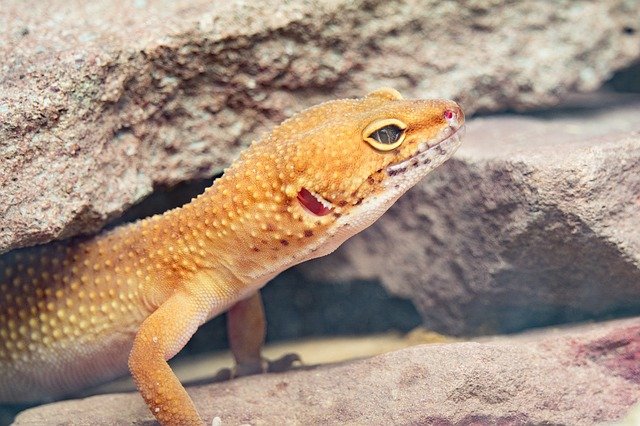
The Complete Leopard Gecko Care Sheet

The Importance of UVB Light for Reptiles




Sending...